- All Posts
- Article
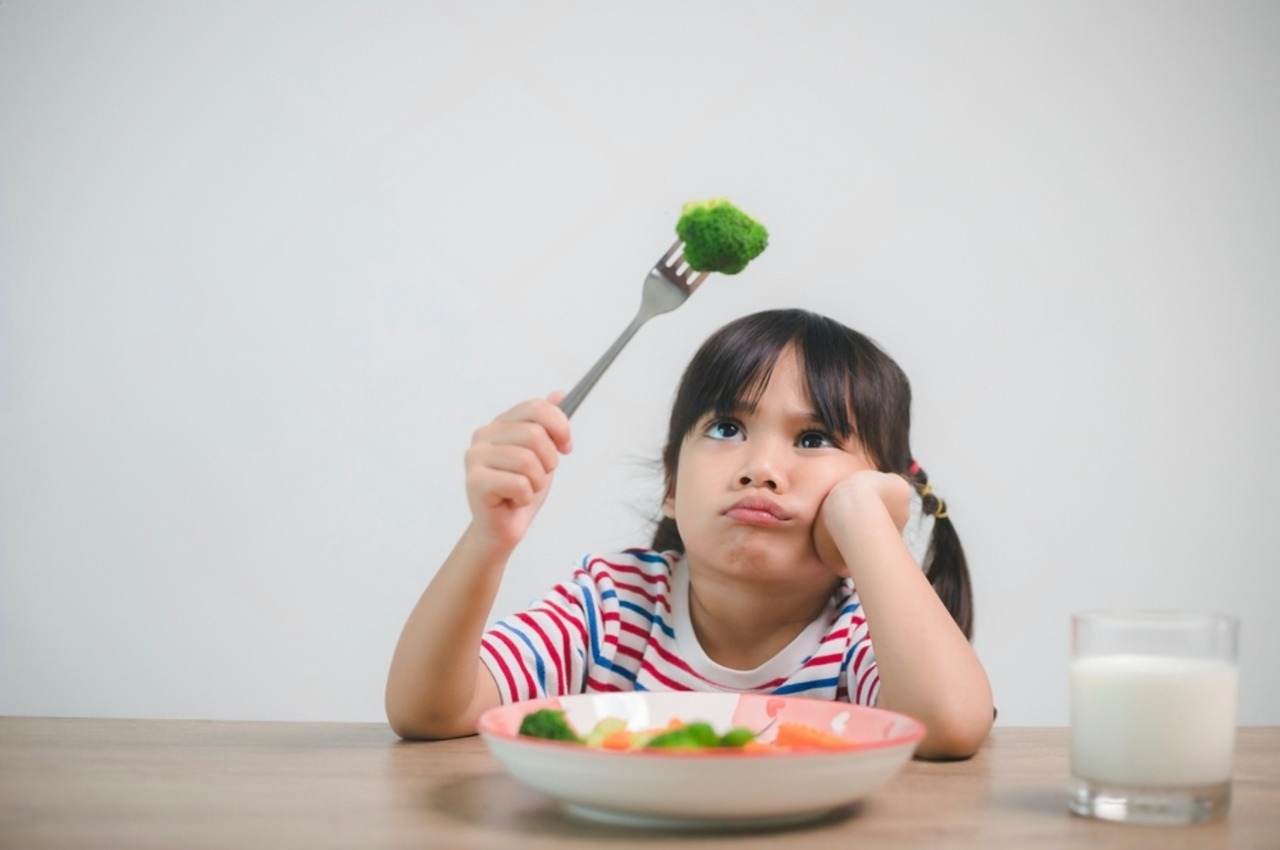
Dealing with Your Child’s Picky Eating: Here’s How to Help! As a mother, it’s a familiar challenge – getting your...
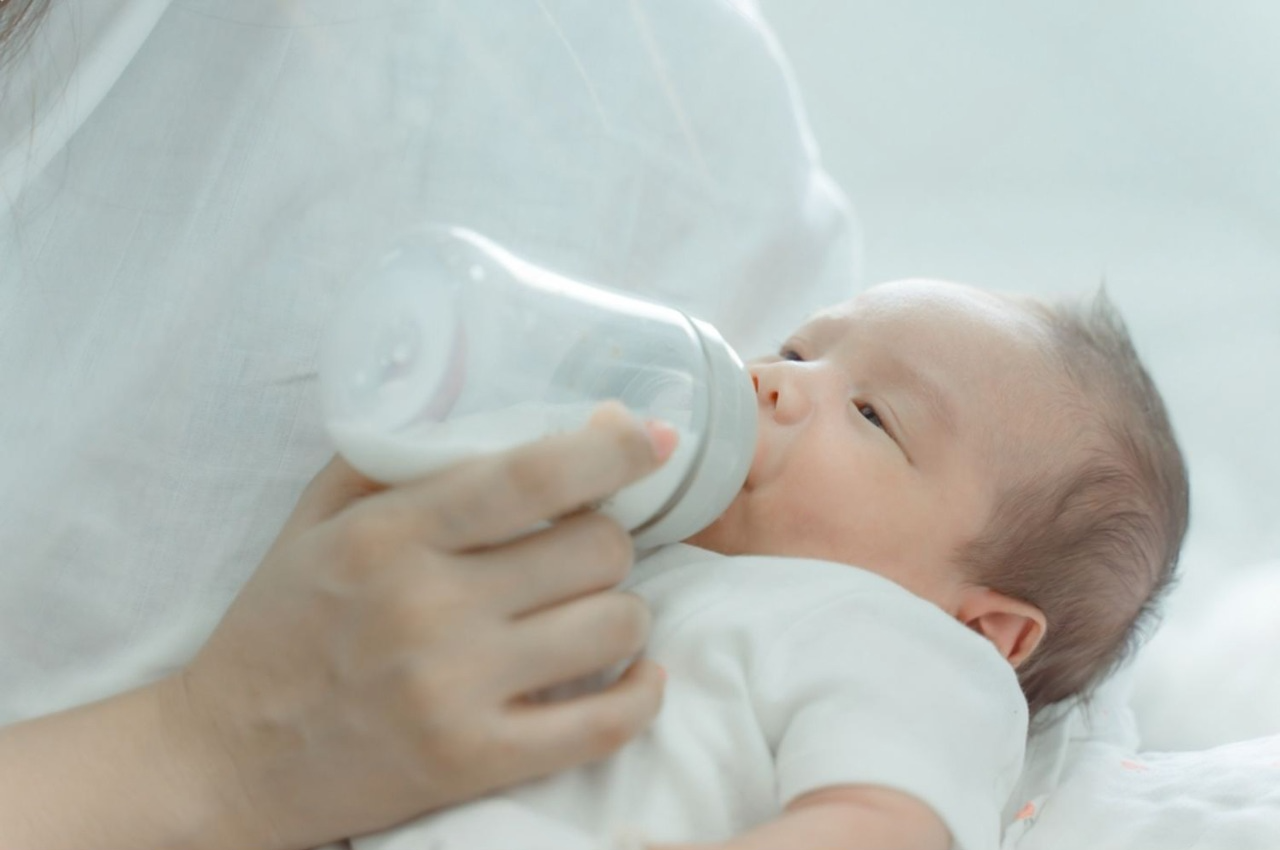
Mom Tips for Feeding Your Baby: A Guide to Nourishing Your Little One As a mom, feeding your baby is...
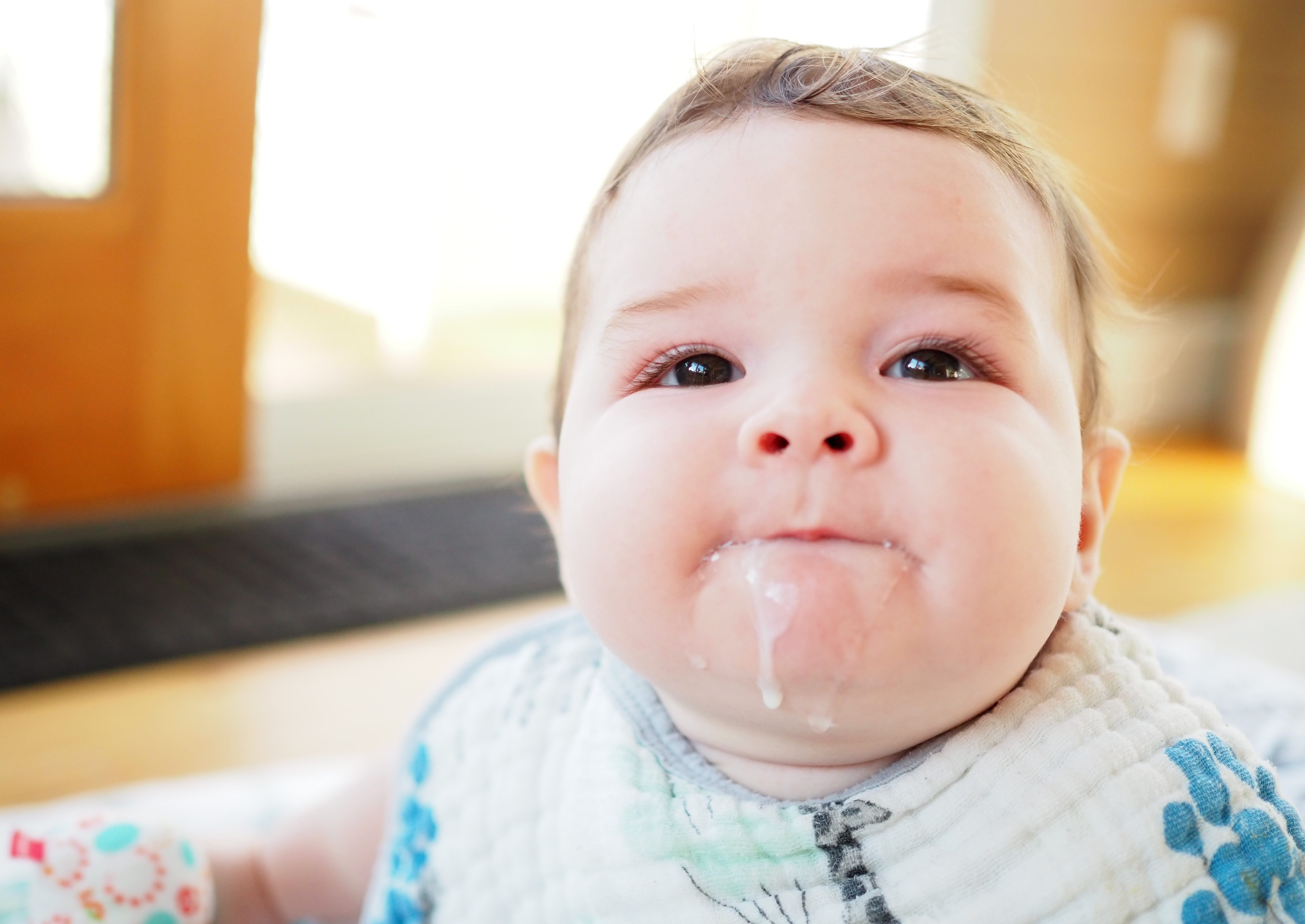
Understanding Reflux in Babies As a mom, it’s natural to feel concerned if your little one is experiencing discomfort, especially...
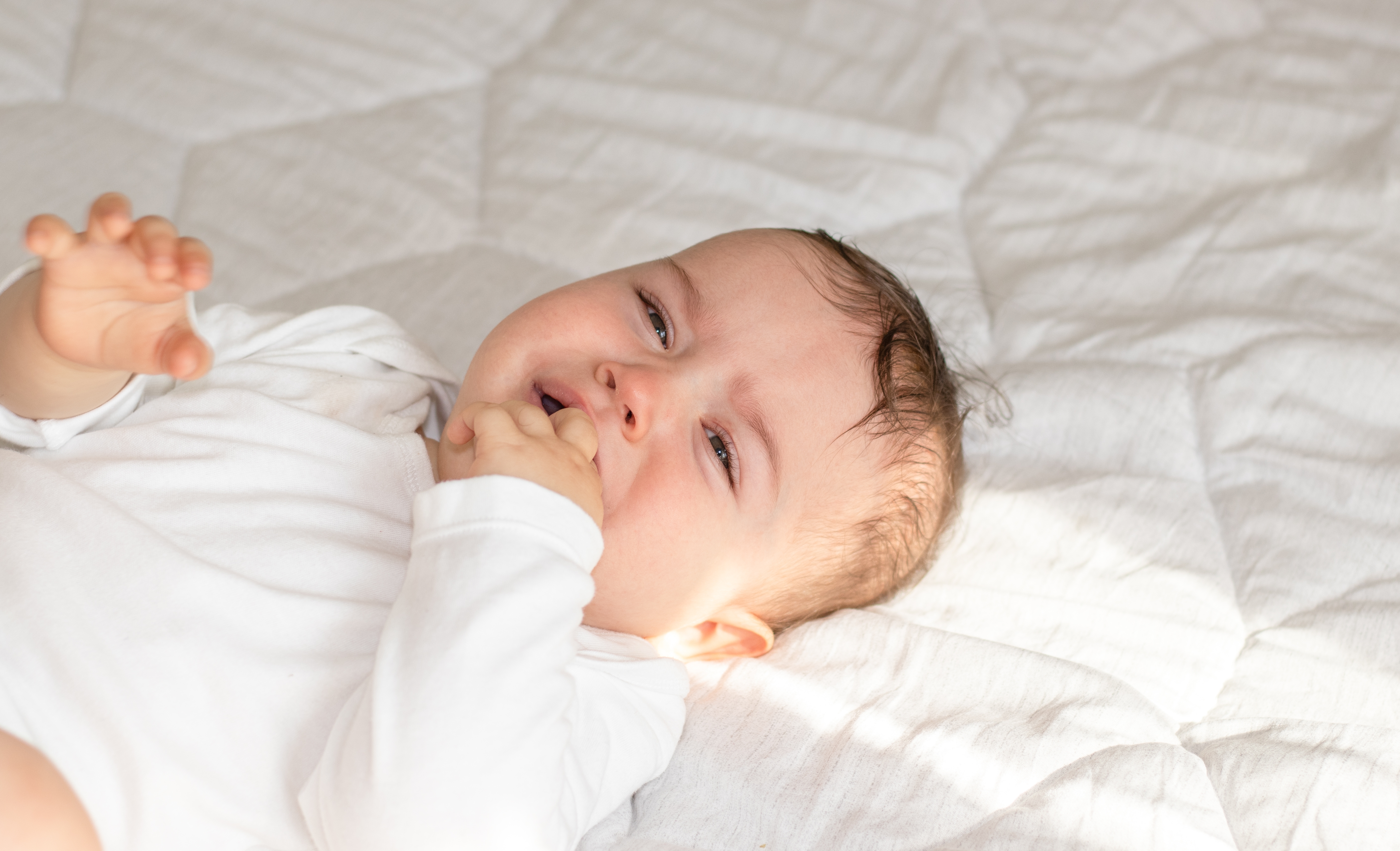
Understanding Lactose Intolerance in Babies: What Every Mom Needs to Know As a mother, it’s natural to worry when your...
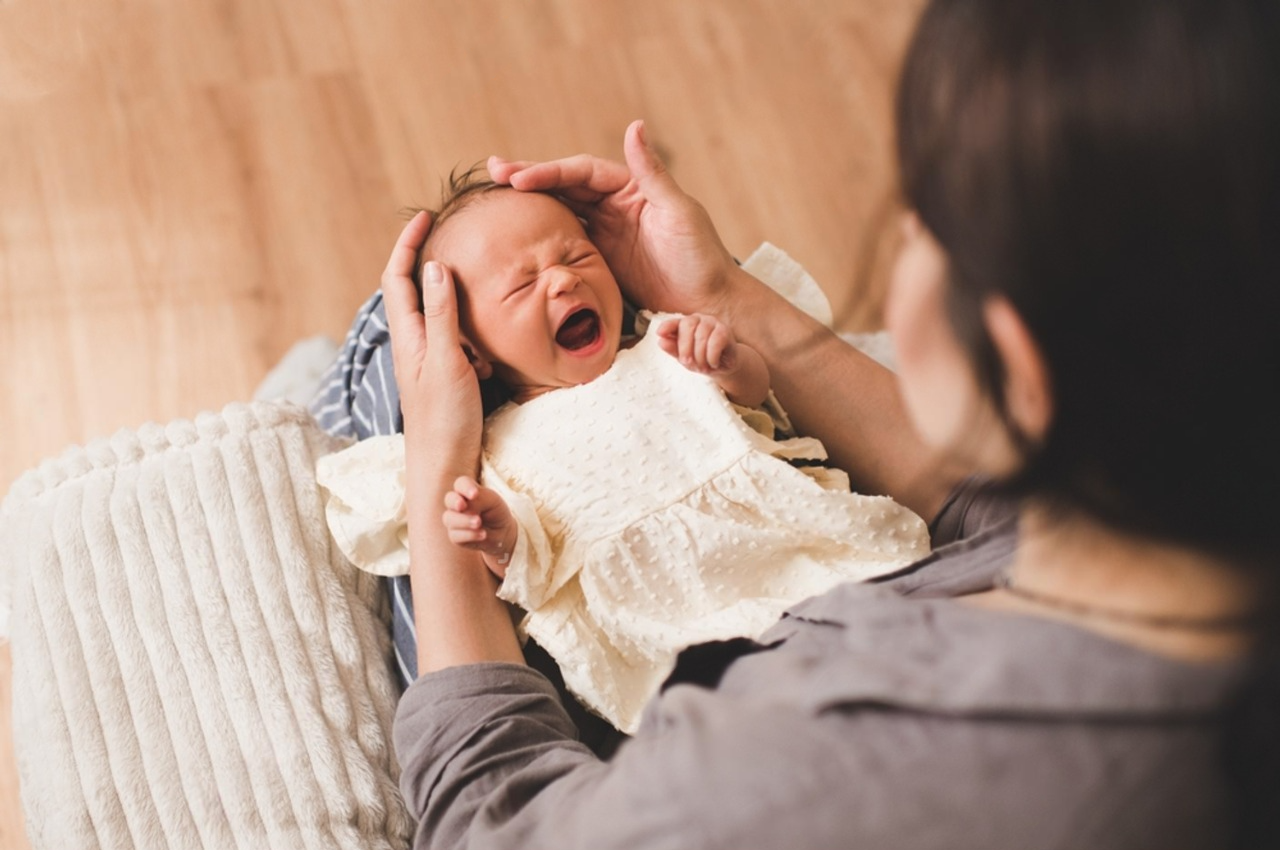
Infant Colic: How to Handle This Common Issue and Help Your Baby Feel Better It can be really challenging when...
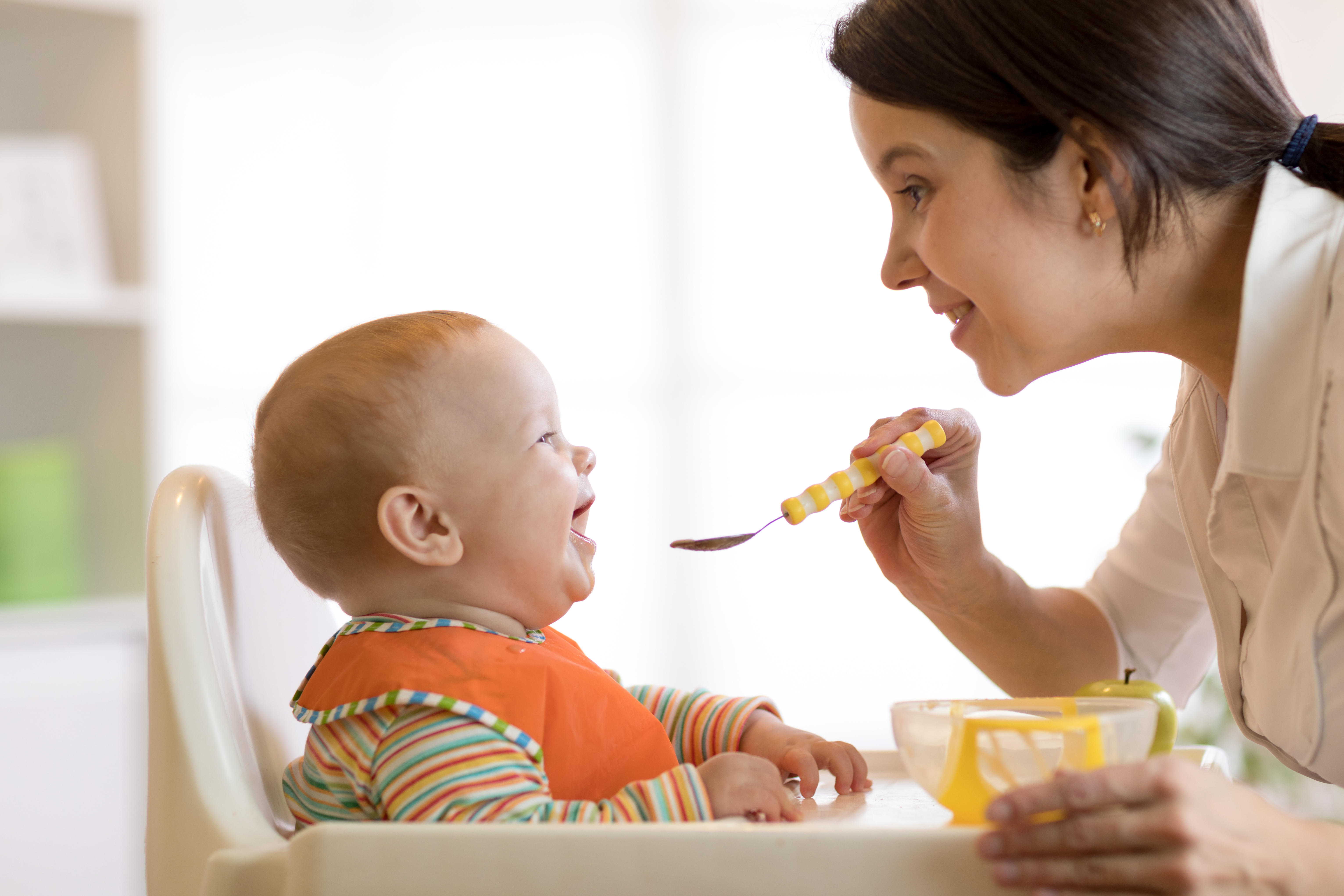
When to Start Solid Foods As a new mom, introducing solid food to your baby is an exciting milestone in...
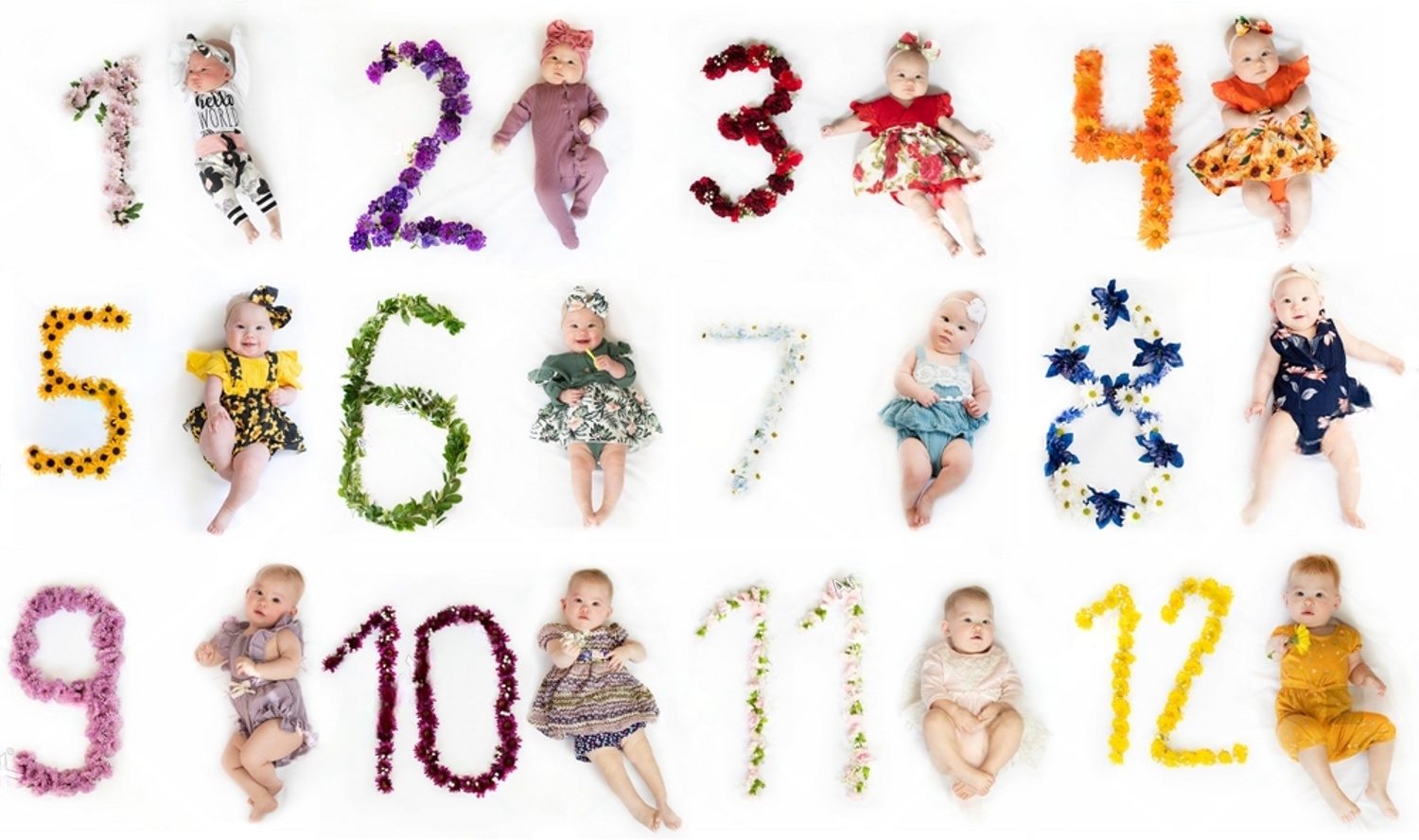
Baby’s Development Stages: A Journey of Growth and Discovery As a mother, watching your little one grow and hit key...
